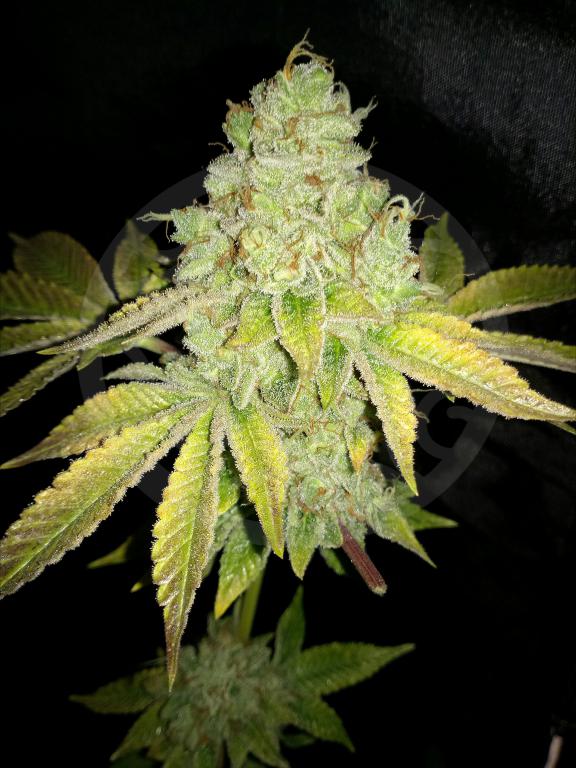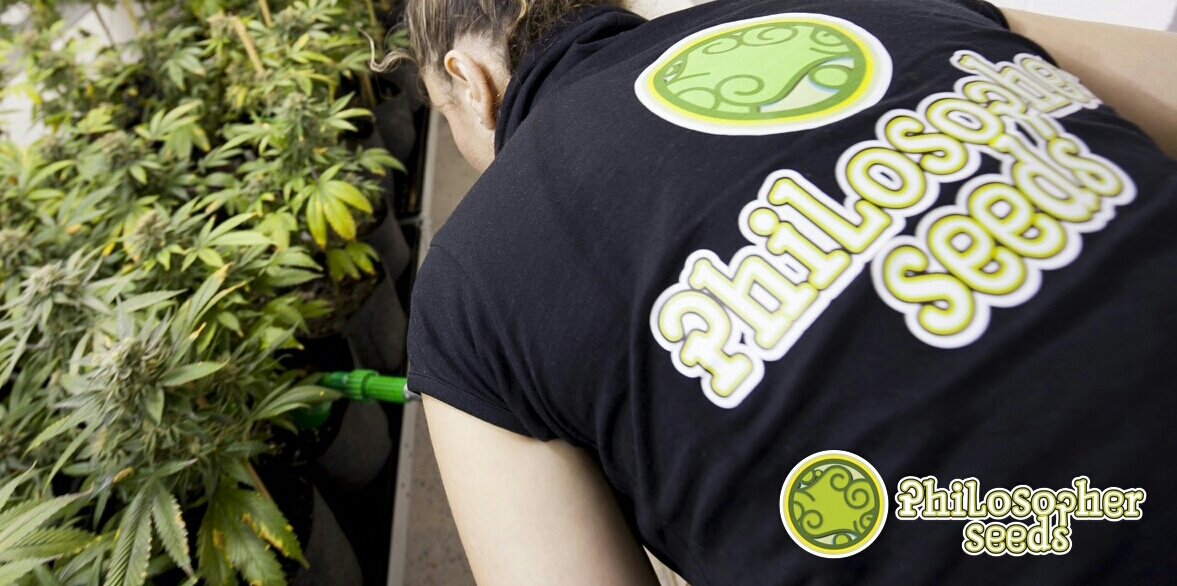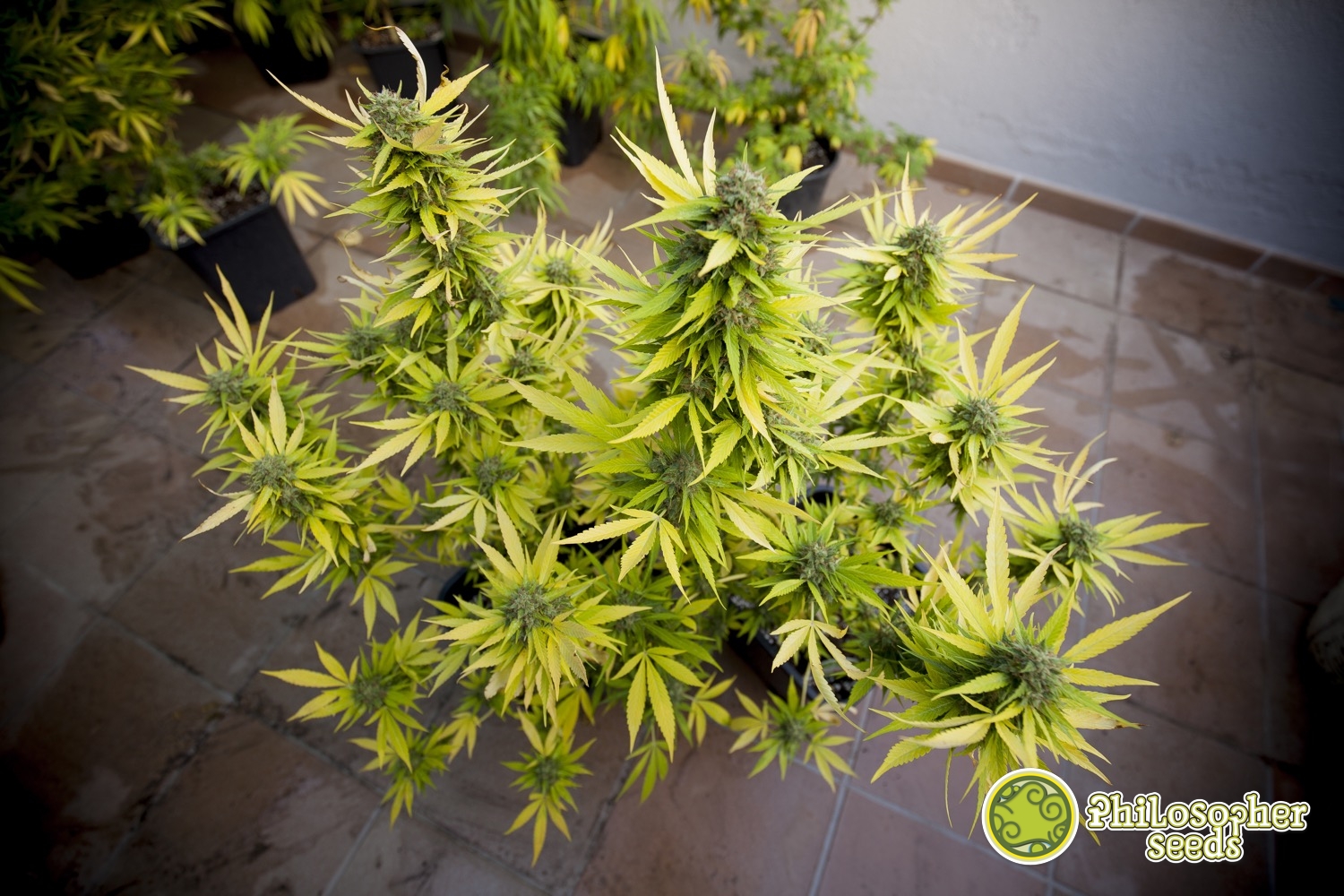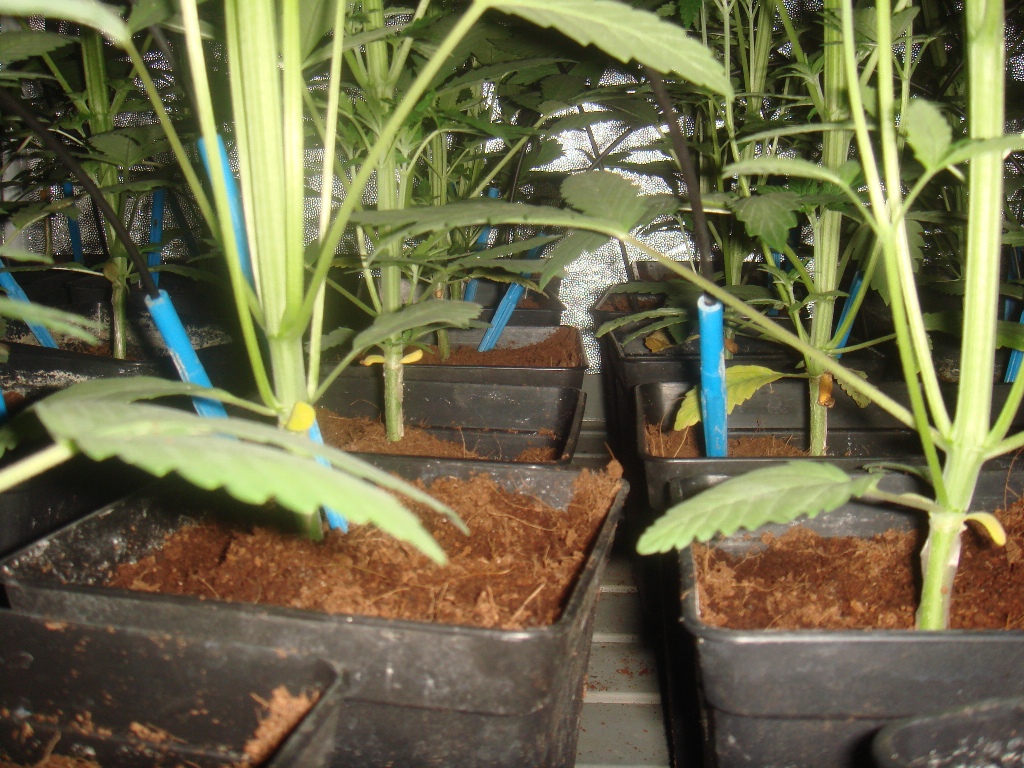Flushing roots at the end of flowering
List of contents
Of all the procedures we should follow when growing cannabis, none are as simple or as important as flushing the roots at the end of flowering. This simple operation, basically consisting of flooding the substrate with water, can make the difference between obtaining good or bad results from our cannabis harvest: if we haven’t washed the plants correctly they will contain residues of nutrients which will negatively affect the flavour of the smoke.

Why flush the roots at the end of flowering?
After weeks of applying nutrients to the plants, and possibly insecticide or fungicide treatments too, the growing medium may suffer from an excess of residues, principally the remains of fertilisers in the form of mineral salts. In addition, this excess of nutrients is often accentuated by over-fertilisation, due to the erroneous idea that more food will mean more flowers. Apcalis http://www.sildenafilanswers.com/apcalis/
Through the metabolic processes of the plant, these mineral salts concentrated in the substrate reach the buds, reducing the flavour and quality of the resin if the plants are harvested without properly flushing, that is, without us having removed the residual nutrients from the plant and substrate.
This accumulation of salts in the buds is harmful during combustion, that is, when smoking. It usually leaves a dark, almost black ash, and can sometimes even release sparks as it burns. Inevitably, if these mineral salts are not eliminated from the substrate they will continue to accumulate in the buds, spoiling the final flavour of the flowers and seriously damaging the quality of our homegrown harvest.

When to flush the roots?
Depending on the variety of cannabis being grown, the plant’s nutrient demand usually reaches its peak after about 40-60 days of flowering. From this point onwards, the plant begins to reduce the consumption of nutrients, in particular phosphorus and potassium (the two main nutrients used during this stage).
Therefore, if the plant has been overfed or if fertiliser residues remain in the substrate, it will continue to feed on them, something we want to avoid, as it’s best to harvest cannabis flowers when the plant has exhausted all the available nutrients in the substrate and in its own reserves. To achieve this we must use water only when we irrigate the plants during the last 15-20 days prior to harvest (as well as any products specifically designed to aid flushing). Modafinil http://www.buymodafinilonlinefast.com/guide-to-ordering-modafinil-in-the-us/
The most visible consequence of this downturn in nutrient consumption is the discolouration of the leaves of the plant at the end of flowering, which change from green to yellow, beginning with the lower leaves. Why is this? First, the plant will exhaust all the available nutrients in the substrate. After this, it will begin to consume its own nutrient reserves, losing the green color of the leaves and thus eliminating much of the chlorophyll. This allows us to harvest the buds in perfect condition, and we won’t need to wait for a long period of curing for them to show their true terpene profile.

If on the contrary the plant does not start to yellow, retaining a strong green colour in the leaves, it means that the plant is still feeding on the residual nutrients still available to it in the substrate. So we must proceed to flush the root zone with the help of enzymes; these act to dissolve and eliminate the mineral salts left behind by the fertilisers.
About two weeks after starting to flush (sometimes after just a few days), we will see the green leaves beginning to acquire a yellowish color, more in keeping with the appearance we expect from cannabis plants in the final stages. This discolouration of the plant during its last stage of life is exactly what we want and shouldn’t concern you! Additionally, as we’ve seen, this helps to release the chlorophyll accumulated in the plant, which should end up breaking down and disappearing completely during the drying and curing of the flowers.
How to flush the roots
To flush the roots all we need is plenty of water. The operation can be done with mains water connecting a hose to a tap, this will greatly facilitate the work. Care must be taken to ensure that the water is balanced, with pH values of no more than 6.5 and an EC of 0.4 (or less). Normally the waters drawn from public networks will meet this requirement.
Flushing roots in an outdoor cannabis grow is a very simple operation, simply flood the growing pots with plenty of water and let them drain freely; this can be done two or three times (if you have an EC meter, you can see how the EC levels gradually decrease as you wash the roots).

If the crop is indoors we will need a little more infrastructure, but the procedure is the same: to generously flood the pots with water and let them drain. To avoid spillages indoors, the water drained from the pots can be collected in the grow tray and emptied out into the drain.
In both outdoor and indoor cultivation, we must check the colour of the runoff water after flushing the roots; as we repeat the operation we will see how the water becomes clearer, containing less and less nutrients.
As we have already mentioned, for a more precise flushing it will be necessary to use an EC meter to test the amount of salts in the drained water. One must first measure the EC of the clean water used for washing the roots, and then measure the EC of the runoff from the pots, thus obtaining the difference between the one and the other.
The goal is to lower the EC of the runoff water to the same level as the clean water used to flush, so simply repeat the operation of flooding the substrate until the EC levels of the water going in and water running off are the same. Of course, after flushing the roots of the end of flowering, there’s no need to reapply any type of fertiliser to the plants, just continue with the usual watering (using water or a specific flushing product) and wait a few days before harvesting a great, clean-tasting crop that will delight the most demanding consumer.
Happy growing and tasty harvests!






